So you’re thinking about a career in radiology, or maybe you’re already working in the field and curious about where it can take you. Either way, you’ve landed in the right place. At Junxion Med Staffing, we’ve seen firsthand how fast the world of radiology modalities is evolving—and how much opportunity it’s creating for travel techs across the country.
Whether you’re into sound waves, magnetic fields, or cutting-edge contrast imaging, there’s a modality out there that’s not only fascinating but potentially high-paying too. This blog is your straight-up, no-fluff guide to understanding the different modalities in radiology, how they work, where the money’s at, and how to position yourself for success in this growing field.
Check out our travel allied health careers page if you’re ready to explore current openings across the U.S.
What Are Radiology Modalities?
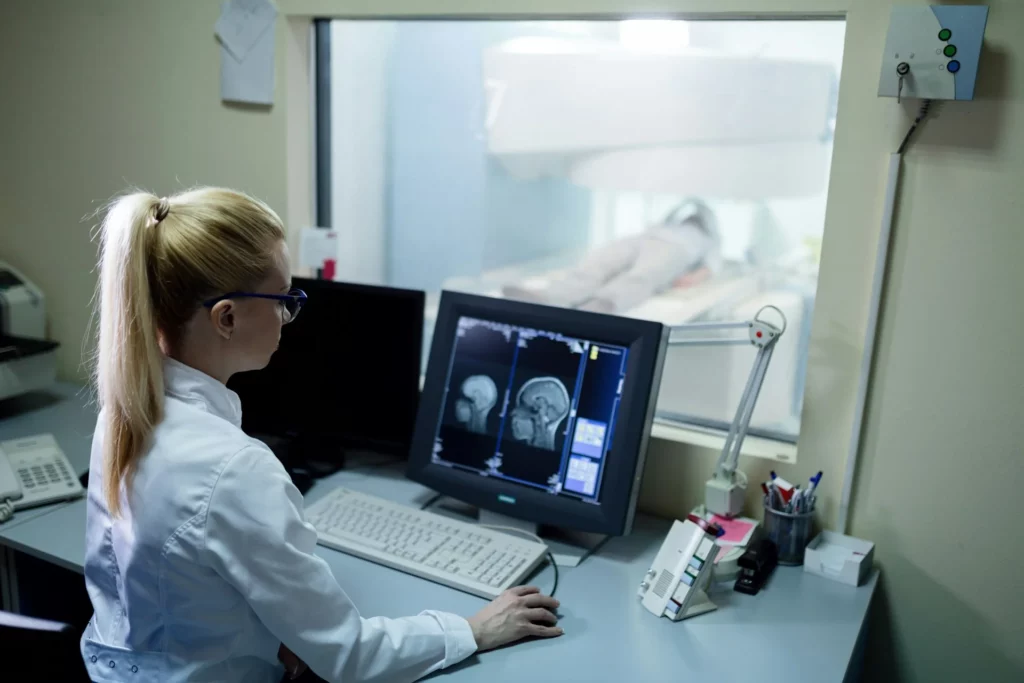
Let’s start simple: radiology modalities refer to the different technologies used to take images of the inside of the human body. Each modality has its own strengths, its own gear, and its own learning curve. Some are better for spotting tumors, while others help monitor pregnancies or guide surgeons during procedures.
Working as a radiology tech means choosing a specialty—or cross-training across several—which opens doors to various facilities, job types, and pay brackets. Understanding the different radiology modalities isn’t just about career clarity—it’s the first step toward a job that fits your interests and your lifestyle.
The Main Modalities in Radiology
We’re breaking down the radiology modalities list into the ones you’re most likely to work in—and where the job market’s hot.
X-Ray
This one’s the OG. X-rays use a small amount of ionizing radiation to capture images, especially of bones. They’re quick, efficient, and always in demand.
X-ray techs are often the first to start their careers in imaging. If you want to build a strong foundation and gain experience quickly, this modality is a solid place to start.
CT (Computed Tomography)
CT scans take X-rays to the next level by creating cross-sectional images of the body. They’re excellent for visualizing complex trauma injuries, internal bleeding, or cancers.
CT techs are especially valuable in emergency rooms and trauma centers, which means these roles often come with fast-paced shifts—and better pay.
MRI (Magnetic Resonance Imaging)
No radiation here. MRIs use magnetic fields and radio waves to create highly detailed images of soft tissue, making them crucial for brain, spine, and joint diagnostics.
MRI techs need to master anatomy and physics and be ready to support patients who might feel claustrophobic inside the scanner. It’s one of the most advanced and in-demand radiology tech modalities.
Ultrasound (Sonography)
Ultrasound uses sound waves to generate images. It’s commonly associated with prenatal care, but it also helps diagnose everything from gallbladder disease to heart issues.
If you’re into patient interaction and don’t want to work with radiation, sonography could be your jam. Want to specialize? Check out travel echo tech for more details.
PET (Positron Emission Tomography)
PET scans help visualize how organs and tissues are working by using a radioactive tracer. It’s a powerful tool for detecting cancer, brain disorders, and heart conditions.
Not every facility has a PET scanner, but if you work in one that does, you’ll likely be part of a smaller, specialized team with advanced responsibilities.
Which Radiology Modality Makes the Most Money?
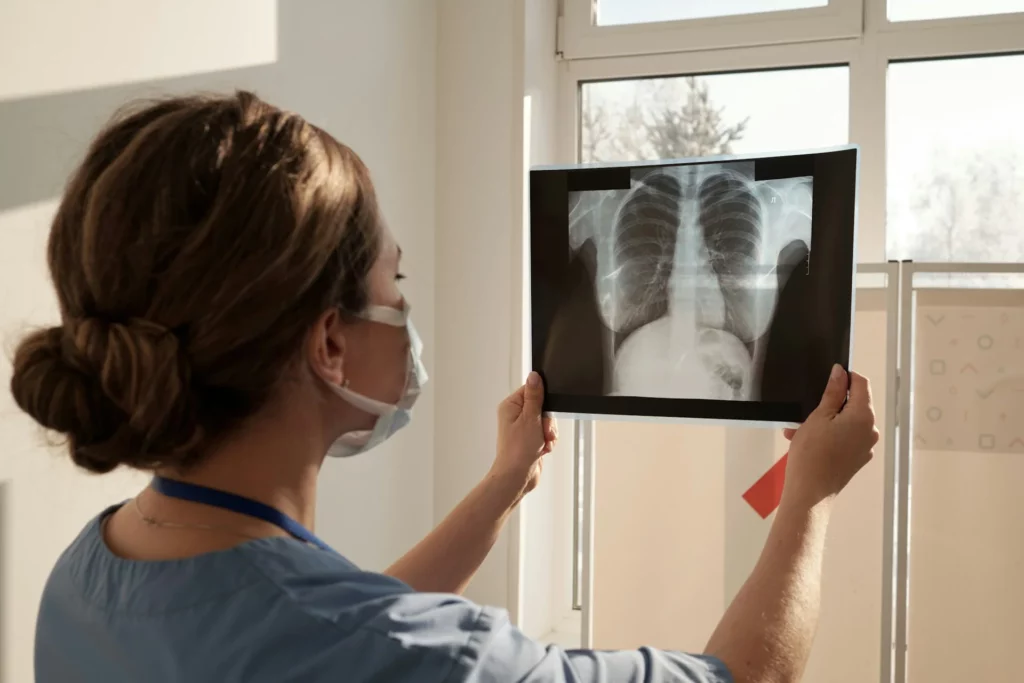
Let’s cut to the chase. If you’re asking which radiology modality makes the most money, the answer depends on multiple factors—location, experience, certifications, and setting.
But here’s the breakdown of average radiology modalities salaries from various sources:
- Nuclear Medicine Technologist: $54K–$124K
- Interventional Radiologic Technologist: $54K–$119K
- Diagnostic Medical Sonographer: $52K–$104K
- MRI Technologist: $50K–$94K
- CT Technologist: $47K–$89K
- Mammography Technologist: $41K–$87K
Right now, nuclear medicine and interventional radiology top the list when it comes to the highest paying modality in radiology. These roles require advanced training, but they often come with higher autonomy and better benefits too.
Curious about job availability in high-paying states? Check out our travel assignments in Texas or Wisconsin for some solid leads.
Radiology Modalities and Career Flexibility
What makes radiology such a great field—besides the tech and pay—is how flexible it is. Once you master one modality, cross-training lets you level up or pivot into a specialty. If you’re already certified in X-ray, you can add CT or MRI training to your resume. And if you love sonography, you can explore vascular or cardiac imaging.
Career growth is huge, and you can stack credentials to open up more travel assignments, shift options, and facilities willing to pay premium rates.
Need help getting prepped for your first assignment? Here’s what to pack for your first travel nursing assignment, which also applies to techs on the move.
Who Should Consider a Radiology Tech Career?
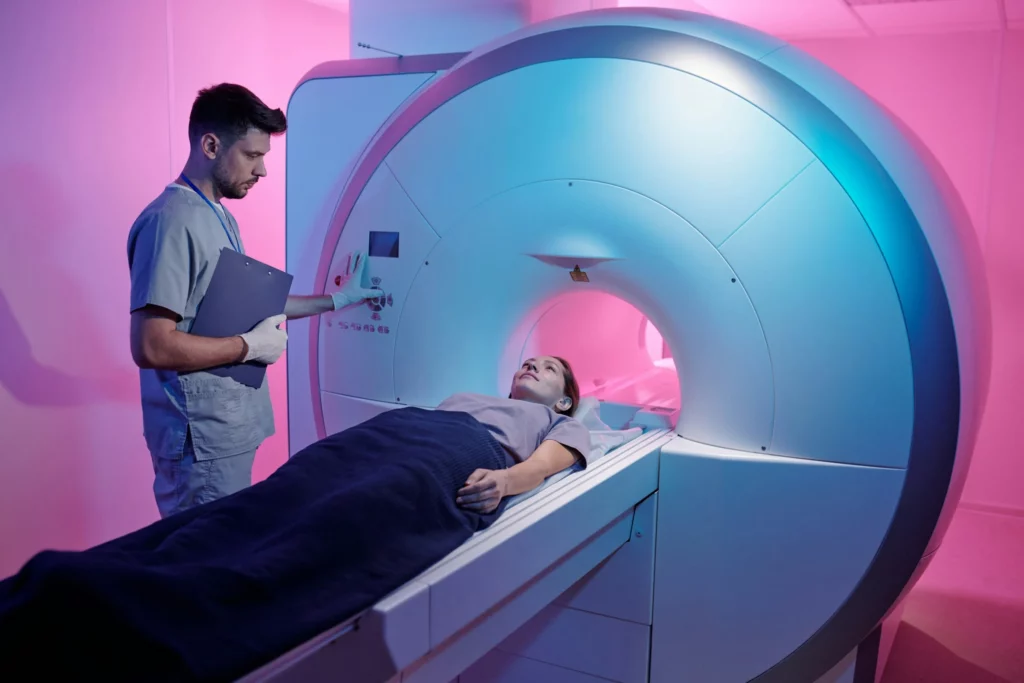
If you like working with patients but don’t want to be stuck in a 9-to-5 clinic gig, imaging gives you plenty of options. From hospitals to outpatient centers to mobile units, techs are needed everywhere.
You might want to consider radiology if:
- You’re tech-savvy and like solving problems
- You want a healthcare job without med school
- You value job security and upward mobility
- You’re comfortable with change (travel gigs, new locations, evolving technology)
How Radiology Modalities Align with Travel Jobs

Working as a travel tech adds a whole new dimension to your imaging career. You get exposure to cutting-edge machines, work alongside top-tier radiologists, and experience different hospital systems—all while seeing new parts of the country. This kind of variety not only boosts your resume but helps you decide which radiology modalities you enjoy most, or want to specialize in long term.
And because travel techs fill in where demand is highest, they often make more than their full-time counterparts. Add housing stipends, tax-free reimbursements, and completion bonuses to that, and the total package starts looking pretty sweet. If you’re still in the planning stages, make sure to check out what to pack for your first travel nursing assignment. It’s a solid guide whether you’re a nurse or an imaging tech.
Explore Different Radiology Modalities on the Road
As a traveler, you’ll have the chance to work across a variety of modalities in radiology—from large urban trauma centers that rely heavily on CT and MRI, to outpatient clinics where ultrasound and X-ray dominate. You’ll likely discover which environments and workflows suit your style best. Some travel assignments might even offer the opportunity to cross-train or transition between different modalities in radiology, helping you expand your skill set.
High Demand, Higher Pay
Curious about which radiology modality makes the most money when you’re on the move? Travel contracts for CT, MRI, and nuclear medicine tend to pay more, especially in regions facing long-term staffing shortages. In fact, some of the highest paying modalities in radiology are found on travel assignments—where hospitals are willing to invest in experienced talent who can hit the ground running.
According to U.S. News & World Report, radiologist remains one of America’s best jobs in 2025. And while techs aren’t making radiologist salaries, they’re riding the same growth wave—especially those open to travel.
Travel Assignments Offer More Than Just a Paycheck
Aside from pay, travel jobs let you test-drive different facilities, work with diverse teams, and build connections all over the country. It’s one of the best ways to see how different radiology modalities are practiced in real-world settings—plus, you’re constantly building experience and staying ahead of the curve.
Want to get started? Junxion Med Staffing has open roles across the U.S., with growing demand for every modality—from entry-level techs to seasoned pros ready for something new.
Conclusion: Radiology Modalities Offer More Than Just Images
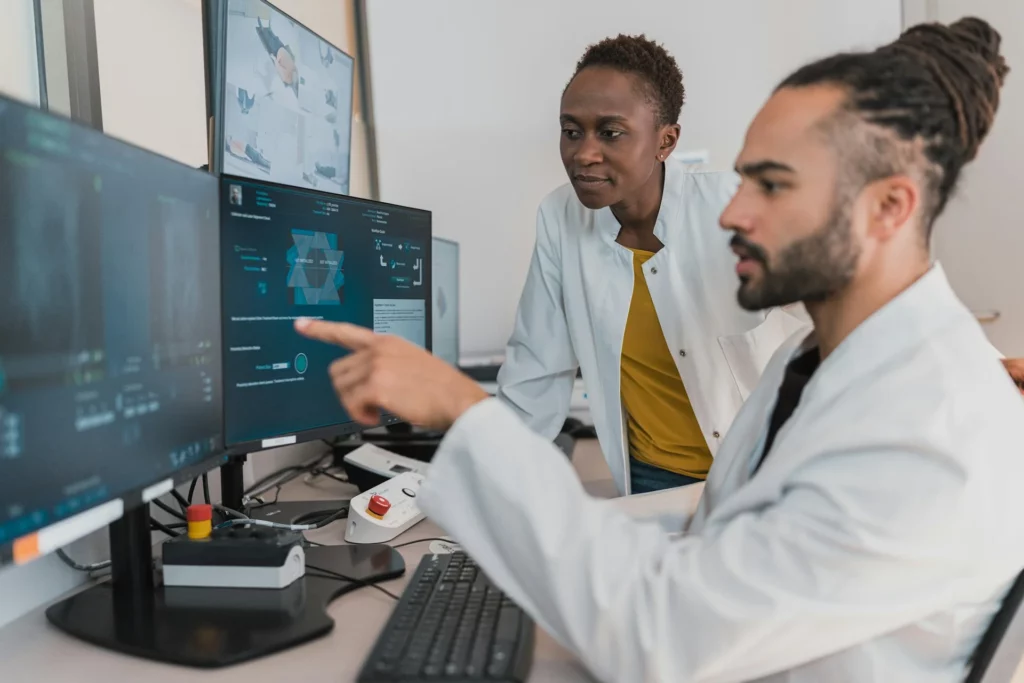
The world of radiology modalities isn’t just about snapshots of the body—it’s about discovering, diagnosing, and supporting patient health in a meaningful way. Whether you specialize in ultrasound, MRI, or PET, each modality brings its own benefits and rewards.
If you’re a tech looking to travel, explore specialties, or simply make more money, now’s the time to get certified, get packed, and hit the road with Junxion Med Staffing.
FAQs About Radiology Modalities
What are the different modalities in radiology?
The main ones include X-ray, CT, MRI, ultrasound, and PET. These technologies are used to diagnose a wide range of medical conditions and are essential to every modern healthcare facility.
What are the different modalities of radiology used for?
Each modality has a unique purpose. MRI is perfect for soft tissue imaging like the brain or ligaments. CT scans are often used in emergency situations due to their speed. Ultrasounds are non-invasive and ideal for monitoring pregnancies, while PET and nuclear medicine are used for detailed metabolic and cancer-related imaging.
Is there a radiology modalities list I can review?
Yes. The most commonly used technologies in a radiology modalities list include X-ray, CT, MRI, ultrasound, PET, and nuclear medicine. Technologists often specialize in one or two of these different radiology modalities, depending on their training.
Which radiology modality makes the most money?
Right now, nuclear medicine and interventional radiology are leading the pack. If you’re wondering which radiology modality makes the most money, these specialties tend to offer the highest pay due to the complexity of procedures and advanced credentials required.
Are radiology modalities salaries the same across the board?
Not even close. Radiology modalities salaries vary based on experience, location, credentials, and where you’re working—like hospitals, outpatient centers, or research facilities.
What are radiology tech modalities?
Radiology tech modalities refer to the specific imaging tools a technologist is trained to operate, such as CT scanners, MRI machines, or mammography equipment. These determine the tech’s job scope and can impact both workload and salary.
FAQs About Junxion Med Staffing
What is Junxion Med Staffing?
We’re a healthcare staffing agency focused on helping travel nurses and allied health professionals—like rad techs—find amazing jobs across the country. Whether you’re experienced or just getting started, we’ve got your back.
Do you help with travel arrangements?
Yes, we do. From housing stipends and travel reimbursements to onboarding support, we’ll walk with you every step of the way. Plus, we’ve got advice on everything from licensing to what to pack for your first assignment.
What kind of imaging roles do you staff?
We staff across all major modalities in radiology—CT, MRI, ultrasound, nuclear medicine, and more. If you’re ready to explore new roles, check out our current radiology tech opportunities.
Can new grads apply?
Definitely. Whether you’re fresh out of school or cross-training into different modalities in radiology, we’ll help you build experience and grow fast.
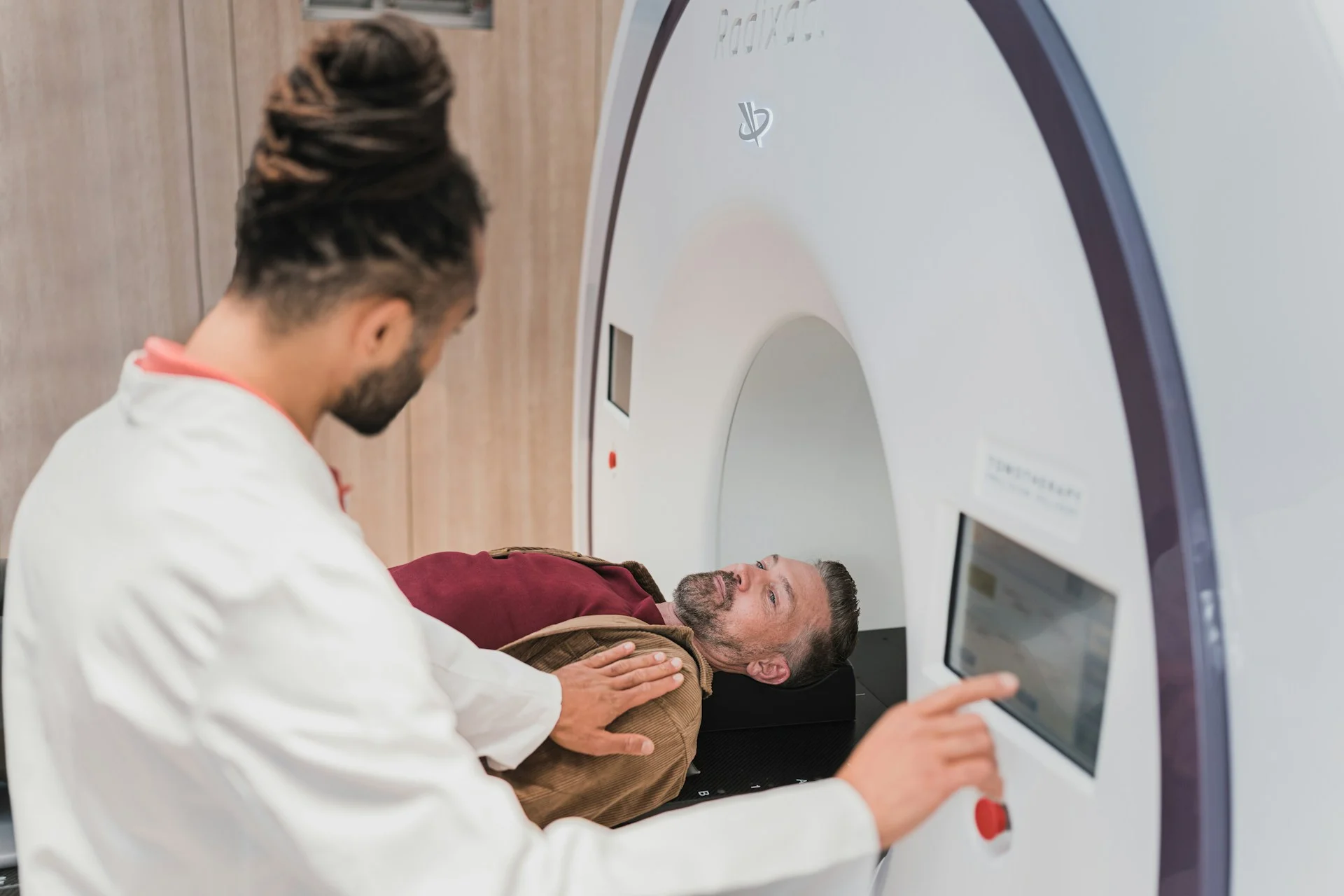

 and then
and then